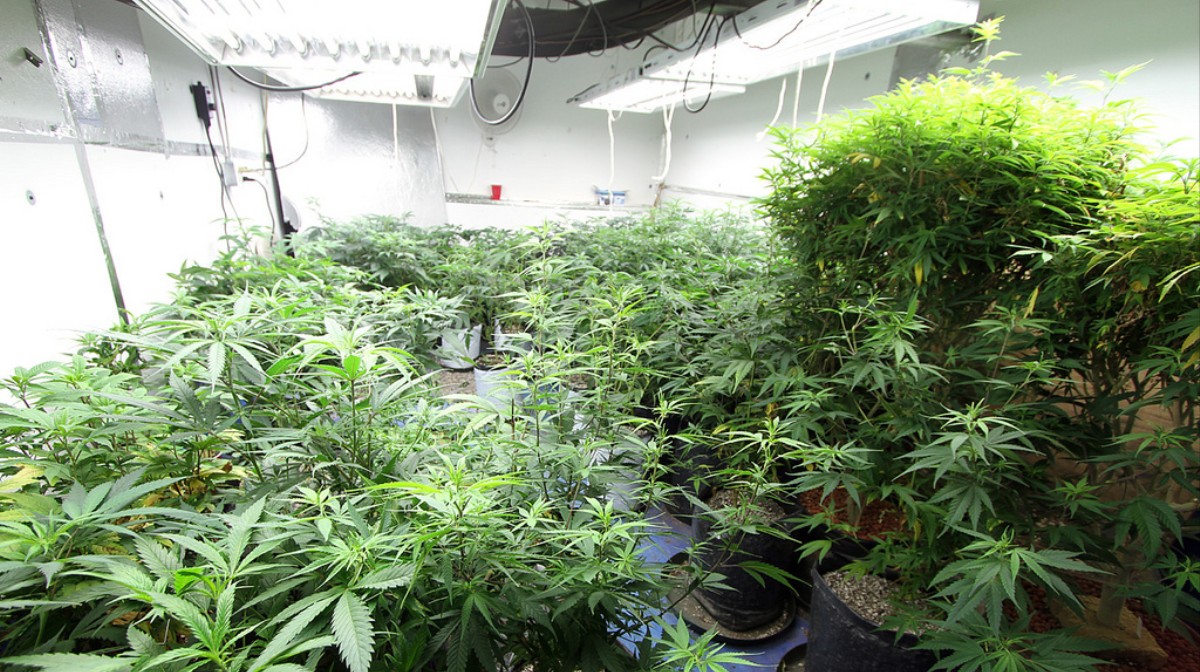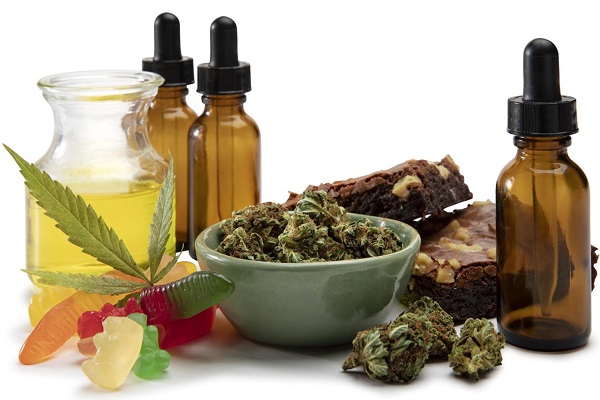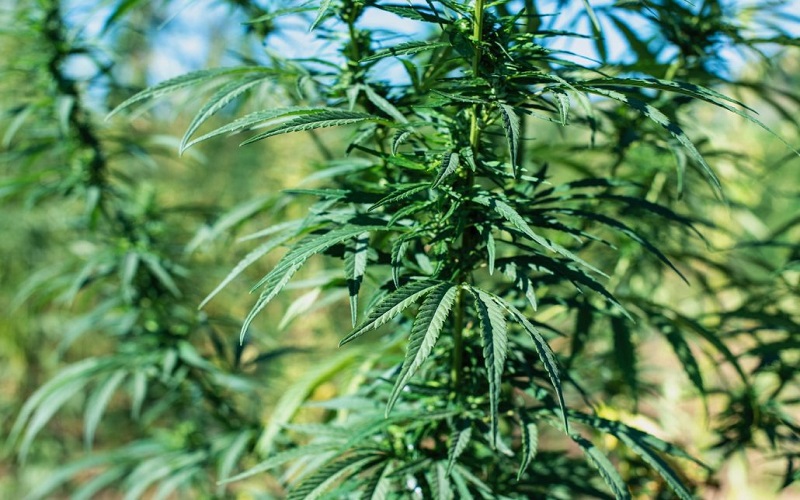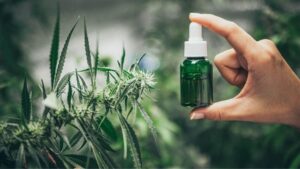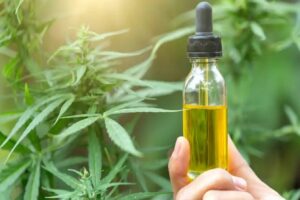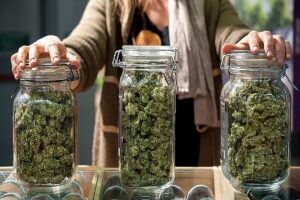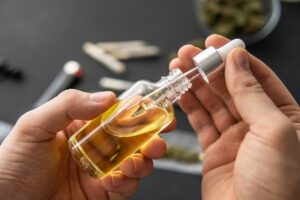Marijuana Farming Effects on Environment
Growing cannabis for commercial production in remote areas is creating woodland fragmentation, stream modification, dirt erosion, and landslides. Without land-use plans to limit its environmental footprint, the impacts of cannabis farming might worsen, according to a new research study published in the November problem of Frontiers in Ecology and the Environment.
Earlier studies have actually revealed that cannabis manufacturing creates ecological damage, consisting of rodenticide poisoning of forest creatures and dewatering of streams as a result of incorrect watering.
Cannabis, as either a medicinal or entertainment drug, is now legal in greater than 50 U.S. states and in a number of countries. In California, where medicinal marijuana has actually been legal considering that in 1996, voters in November approved the sale and property of one ounce of marijuana for leisure use. As a result, cannabis manufacturing is increase.
“Cannabis leaves a little spatial impact but has possibly significant environmental influences,” claimed co-author Jake Brenner, associate professor in the Department of Environmental Studies and Sciences at Ithaca College. “To alleviate these effects, policymakers and organizers need to enact certain environmental and land-use guidelines to regulate cannabis plant development throughout this early stage in its advancement.”
Marijuana farming inhouse generates lots of harmful gases
Indoor cannabis production is a major resource of greenhouse gas discharges, and the environmental effects vary considerably relying on where it is being expanded, according to our brand-new study.
The lights made use of to grow weed inside your home utilizes a lot of electrical power, however, facilities call for a great deal of power to keep a comfy atmosphere for the plants. That indicates an air conditioning system or heating units to maintain appropriate temperatures. Producers also pump co2 inside to enhance plant development. This makes up 11% to 25% of centers’ greenhouse gas exhausts.
However, the greatest power usage comes from the demand to regularly bring fresh air into growing facilities. All of this outdoors air requires to be dealt with to make sure that it is the right temperature and moisture. This is an extremely energy-intensive procedure given that the air currency exchange rate is usually so high.
Every one of these inputs adds to greenhouse gas exhausts, a whole lot much more in some regions than others.
Using the Department of Energy, Environmental Protection Agency, and market information, we discovered that growing pot indoors brings about greater greenhouse gas emissions in the Mountain West, Midwest, Alaska, and Hawaii than compared to the Pacific and Atlantic coastlines. This is since environments are milder on the coastlines, so you need much less heating or a/c, and since the electric grids use more clean power
Cannabis expanded in Southern California has the most affordable emissions, at 143 extra pounds of co2 equivalent per ounce of dried-out cannabis. At the same time, eastern Oahu in Hawaii has the highest exhausts, at 324 pounds of carbon dioxide equivalent per ounce. That’s approximately equal to melting 16 gallons of gasoline.
Why it matters
Policymakers and customers aren’t paying much attention to the ecological influences of the cannabis industry. In Colorado, the weed sector accounts for 1.3% of the state’s overall yearly discharges. This resembles discharges from coal mining and trash collection for the whole state.
Currently, there is little to no guideline on emissions for growing cannabis in your home. Customers aren’t thinking of the ecological effect either. As a whole, this market is creating and increasing extremely promptly without consideration for the environment.
Follow this link to get more info- Marijuana Seeds
We aim to provide information about marijuana seeds, where to buy and grow. Visit the website to explore marijuana seeds from different growers and seed banks.
